Home>Ideas and Tips>How To Design A Therapeutic Sensory Garden
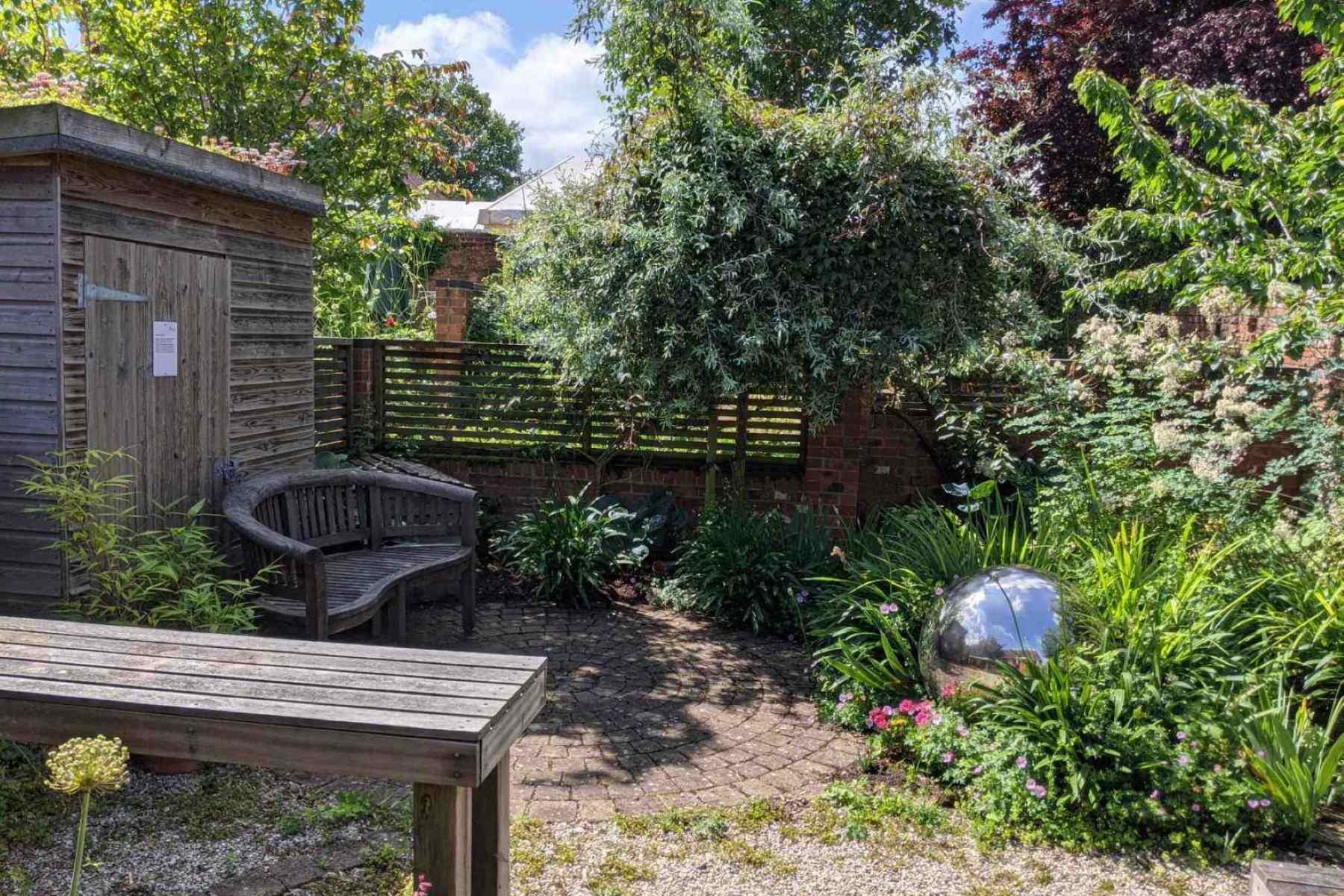

Ideas and Tips
How To Design A Therapeutic Sensory Garden
Published: August 31, 2024
Learn how to design a therapeutic sensory garden that enhances well-being, reduces anxiety, and provides a safe, accessible space for all users.
(Many of the links in this article redirect to a specific reviewed product. Your purchase of these products through affiliate links helps to generate commission for Storables.com, at no extra cost. Learn more)
Creating a therapeutic sensory garden is a thoughtful and intentional process that aims to enhance the well-being of individuals, particularly those with dementia, autism, PTSD, ADHD, sensory processing disorder, blindness, and deafness. These gardens are designed to provide a calming and stimulating environment that engages multiple senses, promoting emotional and cognitive benefits. In this article, we will delve into the key steps and considerations for designing a therapeutic sensory garden, ensuring it meets the unique needs of its users.
Understanding Therapeutic Sensory Gardens
Therapeutic sensory gardens are not just aesthetically pleasing spaces; they are meticulously crafted environments that cater to the diverse needs of individuals. These gardens are designed to stimulate the senses—sight, sound, touch, taste, and smell—while also providing a safe and accessible space for interaction. The primary goal is to create an environment that promotes relaxation, reduces anxiety, and enhances overall well-being.
Historical Context
The concept of therapeutic gardens has its roots in historical relaxation gardens and health sites. For instance, in Latvia, there has been a long-standing tradition of developing sensory and healing gardens near medical facilities. These gardens were designed to provide patients with a connection to nature, which is essential for their mental and physical health.
Benefits of Therapeutic Sensory Gardens
Research has shown that therapeutic sensory gardens offer numerous benefits for individuals with various disabilities. For people with dementia, these gardens can improve behavioral, cognitive, and mood aspects. The presence of water features, specific plant types, and interactive activities can significantly enhance the therapeutic effect. For seniors in nursing homes or senior housing, therapeutic gardens provide a soothing experience that brings them closer to nature and beauty.
Planning a Therapeutic Sensory Garden
Before embarking on the design process, it is crucial to understand who the garden is for and how it will be used. This involves gathering information about potential users, their interests, abilities, and functional needs. Involving users in the planning process can help avoid designs based on assumptions rather than actual needs.
Identifying User Needs
-
Who is the Garden For?
- Will it be used by the same people or different groups?
- What is the range of interests and abilities?
- What are the functional needs—shade, shelter, seating?
-
How Will the Garden Be Used?
- When will people want to use the outdoor space? Think seasonally, weekly, and time of day.
- Are there times when it won't be used? Consider holidays or other periods of inactivity.
- How many people are likely to use the garden at any one time? Is there a need for individual use as well as bigger groups?
-
Staff Needs
- Can the space provide opportunities for staff to take a break?
- Is there a need for somewhere where people can smoke?
Read more: How To Design A Sensory Garden
Involving Users in the Process
Bringing people together to make plans and share ideas, concerns, and experiences is essential. This collaborative approach ensures that the design meets the needs of those who will use it. It also helps get people on board with the project, ensuring a higher likelihood of success.
Design Considerations
Sensory Pathways
Sensory pathways are a crucial element in therapeutic sensory gardens. These pathways can include various types of surfaces such as sand, flagstone, woodchips, or smooth stepping stones. The choice of surface should be based on the needs of the users. For example, smooth stepping stones can be beneficial for individuals with mobility issues.
Plant Selection
When choosing plants for a therapeutic sensory garden, several factors must be considered:
-
Non-Toxicity
- Plants should be non-toxic and non-allergenic to ensure safety for users.
- Avoid plants with thorns or other hazardous features that could cause injury.
-
Sensory Stimulation
- Select plants that offer a variety of sensory experiences—visual, auditory, tactile, olfactory, and gustatory.
- Incorporate plants with different textures (e.g., soft flowers, fuzzy leaves), colors (e.g., contrasting elements of color), and scents (e.g., fragrant flowers).
-
Seasonal Interest
- Choose plants that provide seasonal interest to keep the garden engaging throughout the year.
- Consider plants with varying blooming times and foliage shapes and sizes.
-
Accessibility
- Ensure that plants are accessible for users with mobility issues by placing them at waist height or lower.
- Use raised beds or containers if necessary to make plants more accessible.
Read more: How To Design A Rock Garden
Hardscaping Elements
Hardscaping elements are essential components of a therapeutic sensory garden. These include seating areas, standing areas, and climbing structures with different textures for users to see and touch. For example, grouping rough-textured tree stumps for seating can provide a tactile experience.
Safety Features
Safety is paramount in designing a therapeutic sensory garden. Ensure that the garden is free from hazards such as sharp objects or toxic substances. The garden should also be well-lit to prevent accidents and enhance visibility for users with visual impairments.
Designing for Specific Needs
For Seniors and Individuals with Dementia
-
Clear Framework
- The framework of the garden needs to be clear, predictable, intuitive, safe, and secure with a perceived sense of balance between freedom and enclosure.
- A quiet perceptual sensory environment is needed to reduce anxiety and enhance clarity.
-
Simplified Stimuli
- The garden must be a stronger and simpler stimulus than would be designed for younger visitors.
- Avoid overstimulation by balancing energizing colors with restful ones.
-
Visual Considerations
- By age 80-90, visual acuity is significantly reduced; thus, visual elements should be clear and easily distinguishable.
- Use large-scale features like large flowers or plants with bold colors to compensate for reduced vision.
-
Auditory Considerations
- Audible insensitivity can mean that users cannot hear sounds like unsteady walking or low-level talking.
- Incorporate sound-enhancing elements like dripping water or wind chimes to create a more engaging auditory experience.
-
Tactile Considerations
- Tactile sensitivity is also reduced with age; thus, tactile elements should be prominent but not overwhelming.
- Incorporate smooth stones, rough bark, and other textured elements for users to explore.
-
Olfactory Considerations
- Olfactory sensitivity is also reduced with age; thus, fragrant plants should be strategically placed.
- Use essential oils or scented candles in areas where users can easily access them.
-
Gustatory Considerations
- While taste is not typically a primary focus in sensory gardens, ensuring that all elements are non-toxic is crucial.
- Avoid using plants that could potentially cause harm if ingested.
Read more: How To Design A Cottage-Style Garden
Creating a Therapeutic Sensory Garden
Step-by-Step Guide
-
Define the Purpose
- Clearly define the purpose of your therapeutic sensory garden—whether it is for relaxation, stimulation, or both.
- Identify who will use the garden and what their specific needs are.
-
Conduct User Research
- Gather information about potential users through surveys, interviews, or focus groups.
- Understand their interests, abilities, and functional needs.
-
Develop a Design Brief
- Create a design brief that outlines the objectives, target audience, and key design elements.
- This will serve as a framework for detailed design work and help communicate your vision to stakeholders.
-
Choose Plants Wisely
- Select plants that offer a variety of sensory experiences while ensuring safety and accessibility.
- Consider factors like non-toxicity, seasonal interest, and tactile stimulation.
-
Incorporate Hardscaping Elements
- Include seating areas with different textures for users to see and touch.
- Use sensory pathways with various types of surfaces like sand or smooth stepping stones.
-
Add Sensory-Rich Activities
- Incorporate activities that stimulate multiple senses—such as bird feeders for auditory stimulation or wind chimes for visual interest.
- Leave leaves on the ground for users to crunch underfoot or include plants with popping sounds when touched (like balloon flowers).
-
Ensure Safety Features
- Ensure that all elements are safe and free from hazards like sharp objects or toxic substances.
- Use non-slip materials for pathways and seating areas to prevent accidents.
-
Implement Lighting and Temperature Control
- Use lighting strategically to enhance visibility without causing glare issues for users with visual impairments.
- Maintain a comfortable temperature range to prevent discomfort or heat exhaustion.
-
Incorporate Water Features
- Water features like fountains or small ponds can provide calming auditory stimulation while also offering visual interest.
- Ensure that water features are safe and accessible for users with mobility issues.
-
Monitor and Evaluate
- Regularly monitor how users interact with the garden and gather feedback.
- Make adjustments as needed to ensure that the garden continues to meet its intended purpose.
Case Studies
Indoor Therapeutic Garden
One example of an indoor therapeutic garden was conducted at a care home in the city center. The garden included a large, purpose-built area covering 300 square meters with non-toxic plants that promoted olfactory, visual, and tactile stimuli. The trail was endless and encouraged movement and contact with plants. The entrance gave direct access to the trail built with smooth, non-slip material. Inside the garden there were two areas for sitting and socializing, as well as a fountain with running water. The garden walls had large glass windows covered with a safety film affording direct views from inside. Temperature and humidity were kept constant.
Read more: Cottagecore Aesthetic: How To Nail The Look
Outdoor Sensory Garden
Another example is an outdoor sensory garden placed in the dining room on the first floor. Although the time of year was not stated, participants were encouraged by researchers to interact with all plants. They were asked what the plants reminded them of involving all senses—taste, touch, scent. Plants included Coriandrum sativum (coriander), Lactuca sativa “Simpson Elite” (lettuce), Hosta “Patriot” (hosta), Rosemary (rosmary), Brassica juncea “Red Giant” (mustard greens), Chrysanthemum (chrysanthemum), Dracaena (dracaena).
Conclusion
Designing a therapeutic sensory garden requires careful consideration of multiple factors including user needs, sensory stimulation, safety features, and accessibility. By following these steps and incorporating elements that cater specifically to seniors or individuals with disabilities like dementia or sensory processing disorder you can create an environment that promotes relaxation reduces anxiety enhances overall well-being making it an invaluable resource for those who need it most.
By understanding historical context benefits planning design considerations specific needs creating implementing monitoring evaluating case studies we can ensure that our therapeutic sensory gardens provide maximum benefit while ensuring safety accessibility enjoyment for all users regardless age ability disability making them truly inclusive spaces where everyone can thrive flourish nature’s beauty peace tranquility surrounding them always.
Was this page helpful?
At Storables.com, we guarantee accurate and reliable information. Our content, validated by Expert Board Contributors, is crafted following stringent Editorial Policies. We're committed to providing you with well-researched, expert-backed insights for all your informational needs.
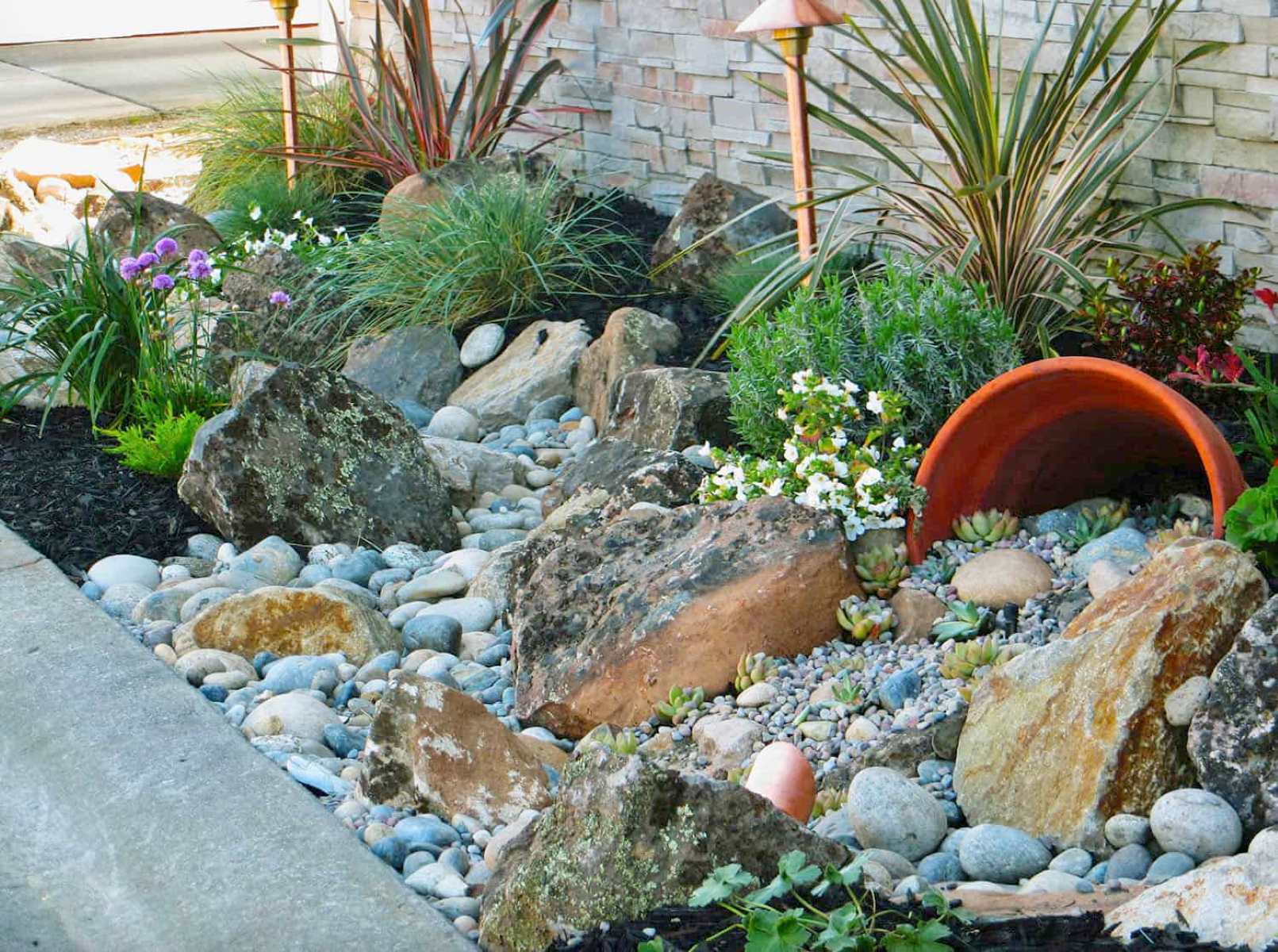
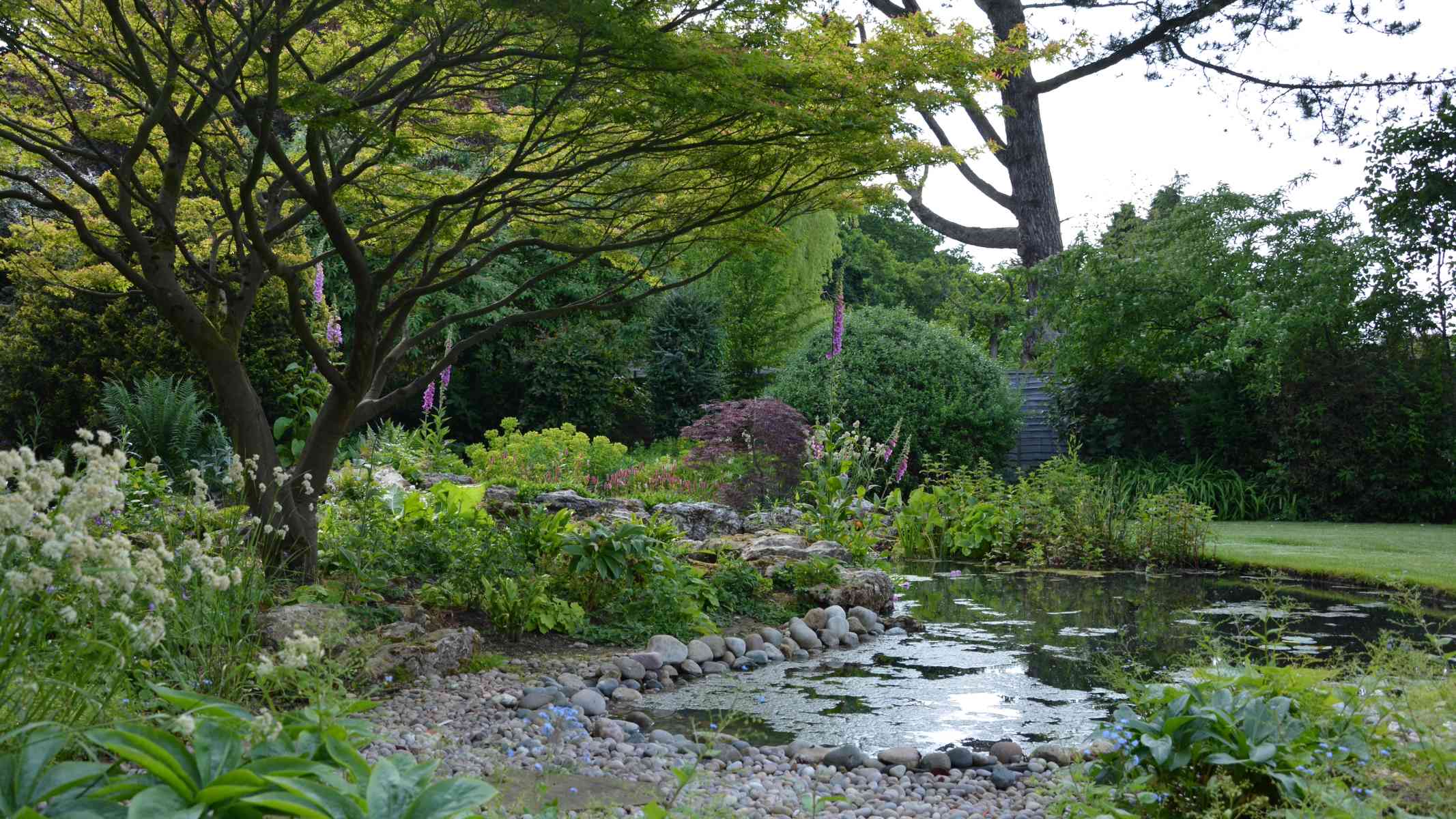
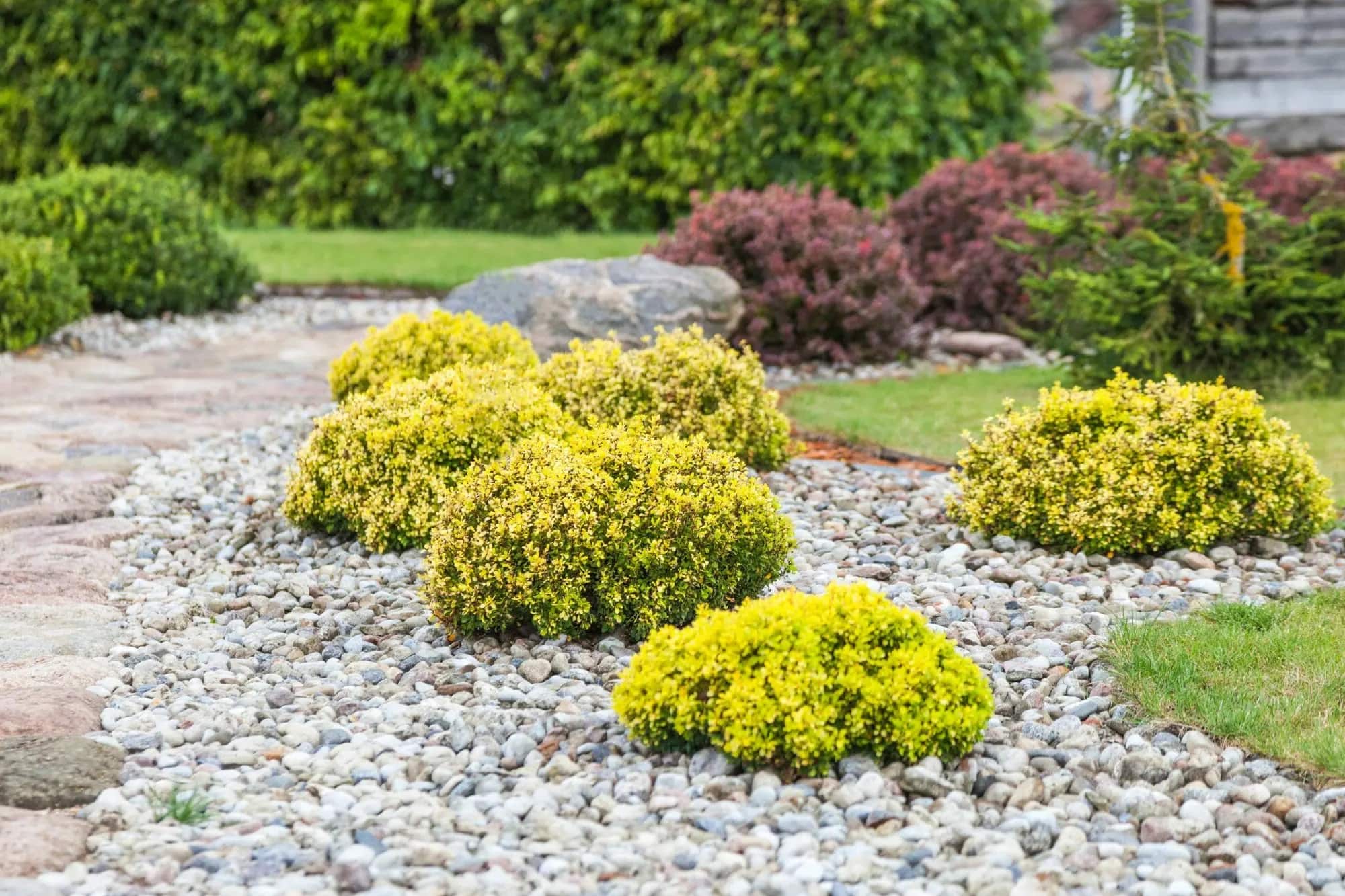

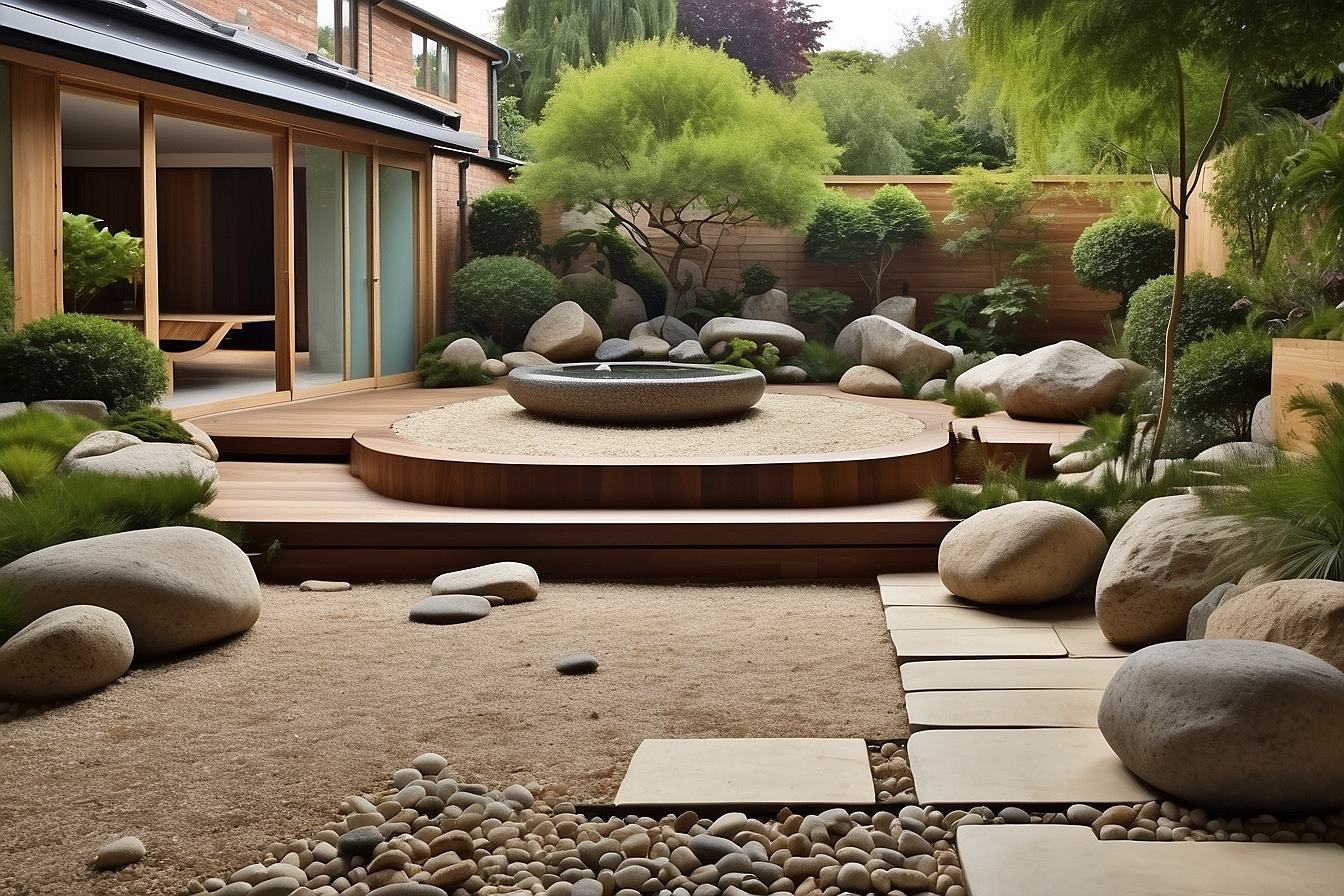

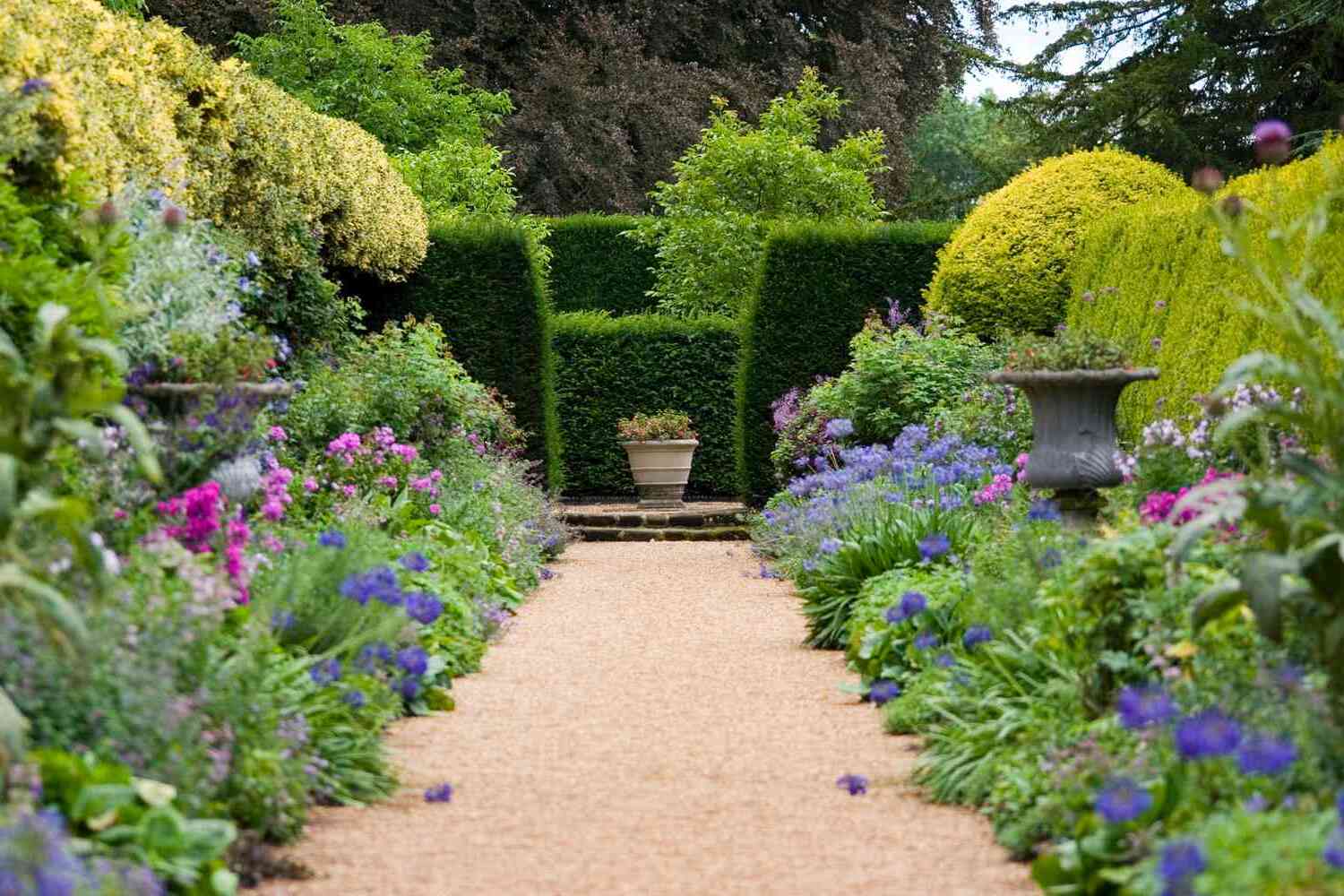
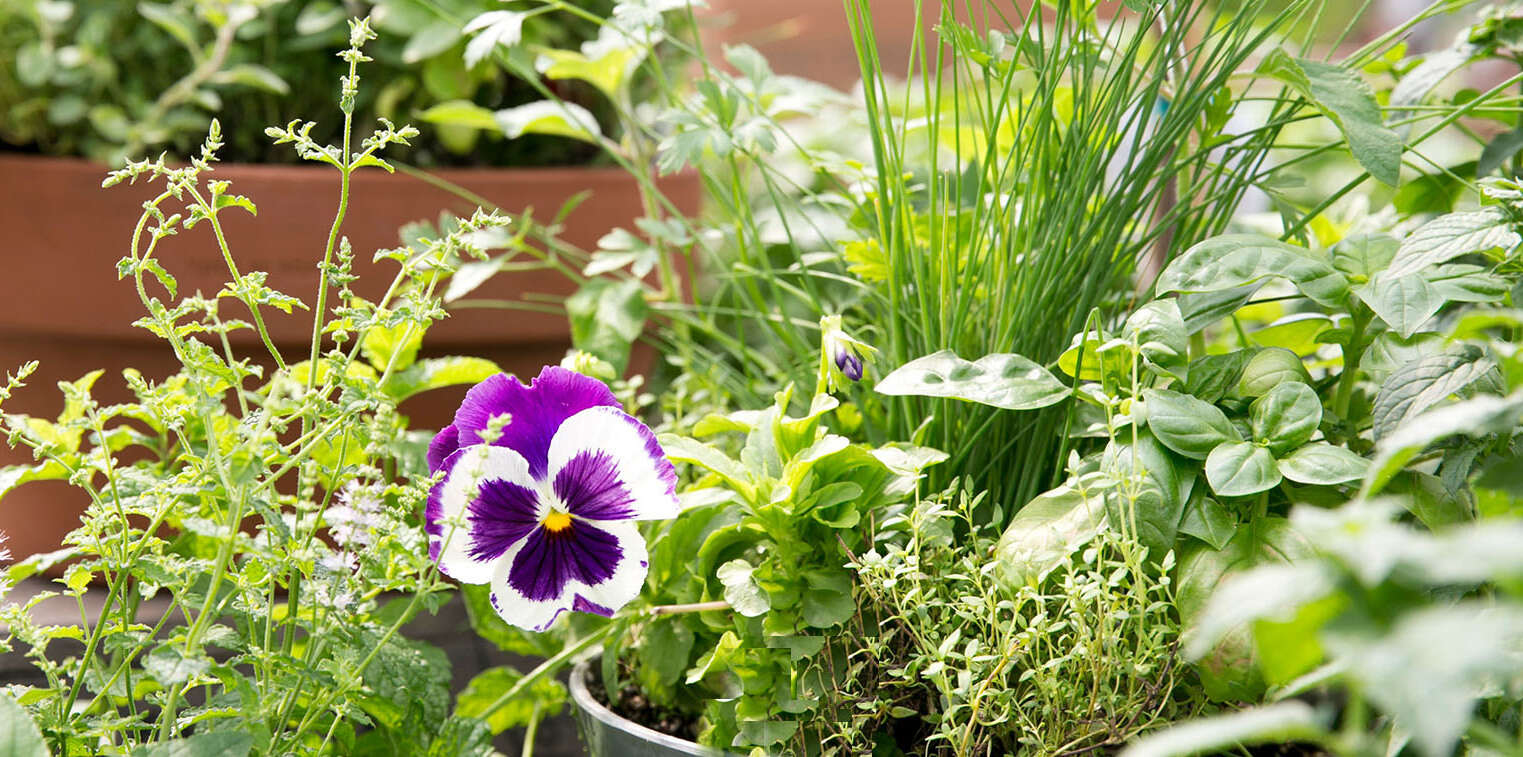
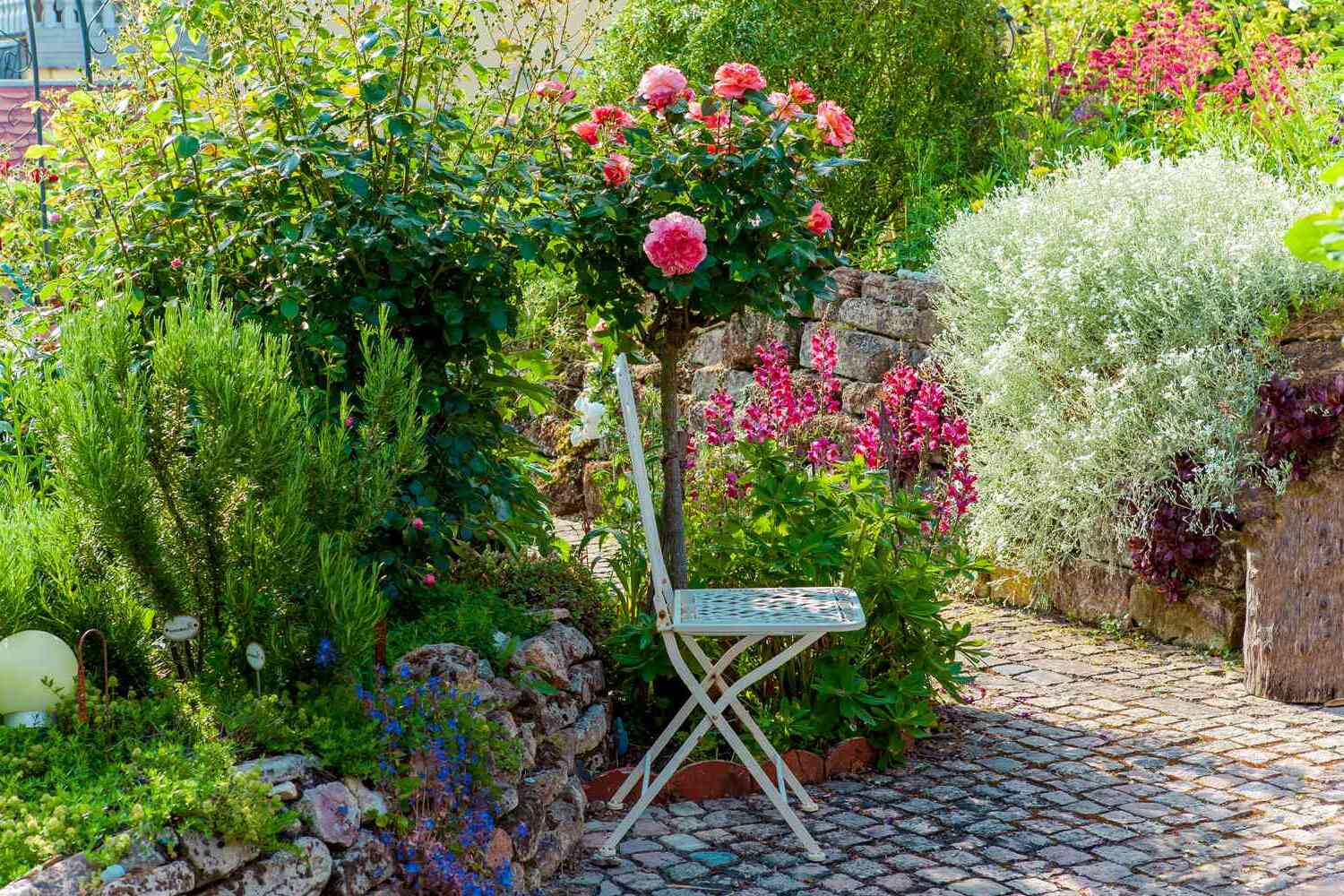
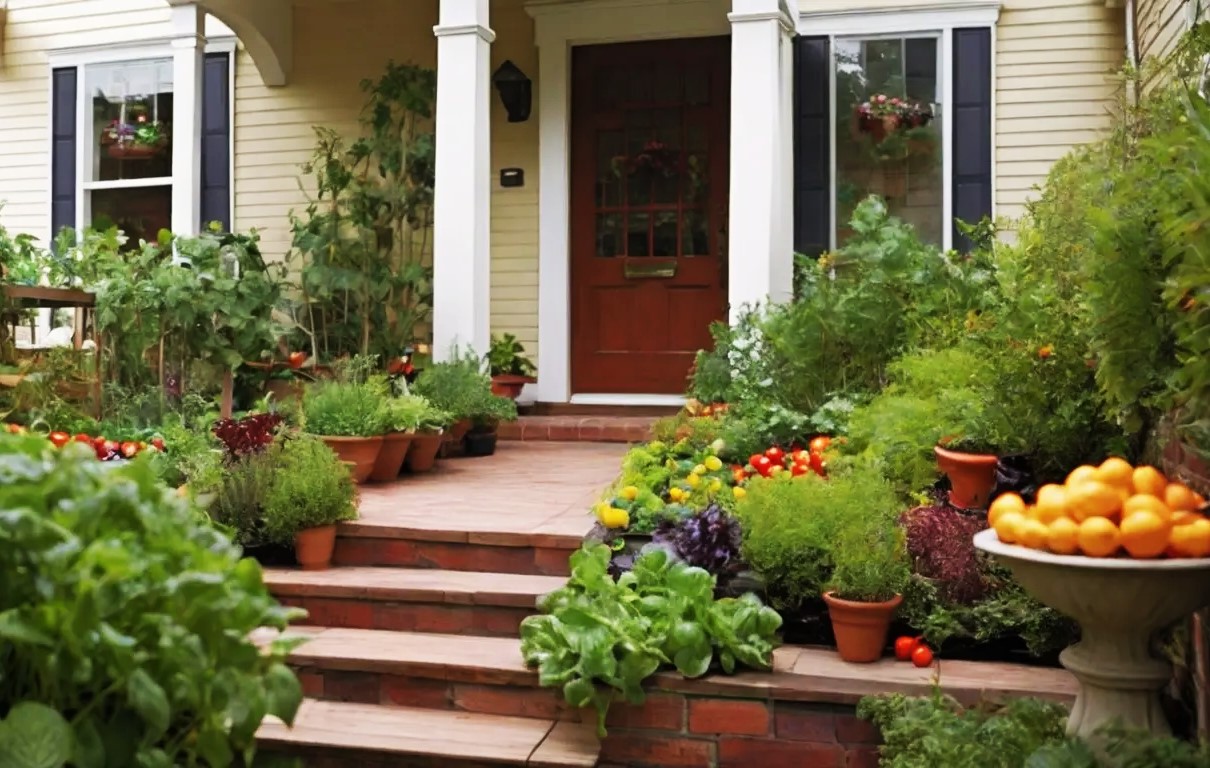
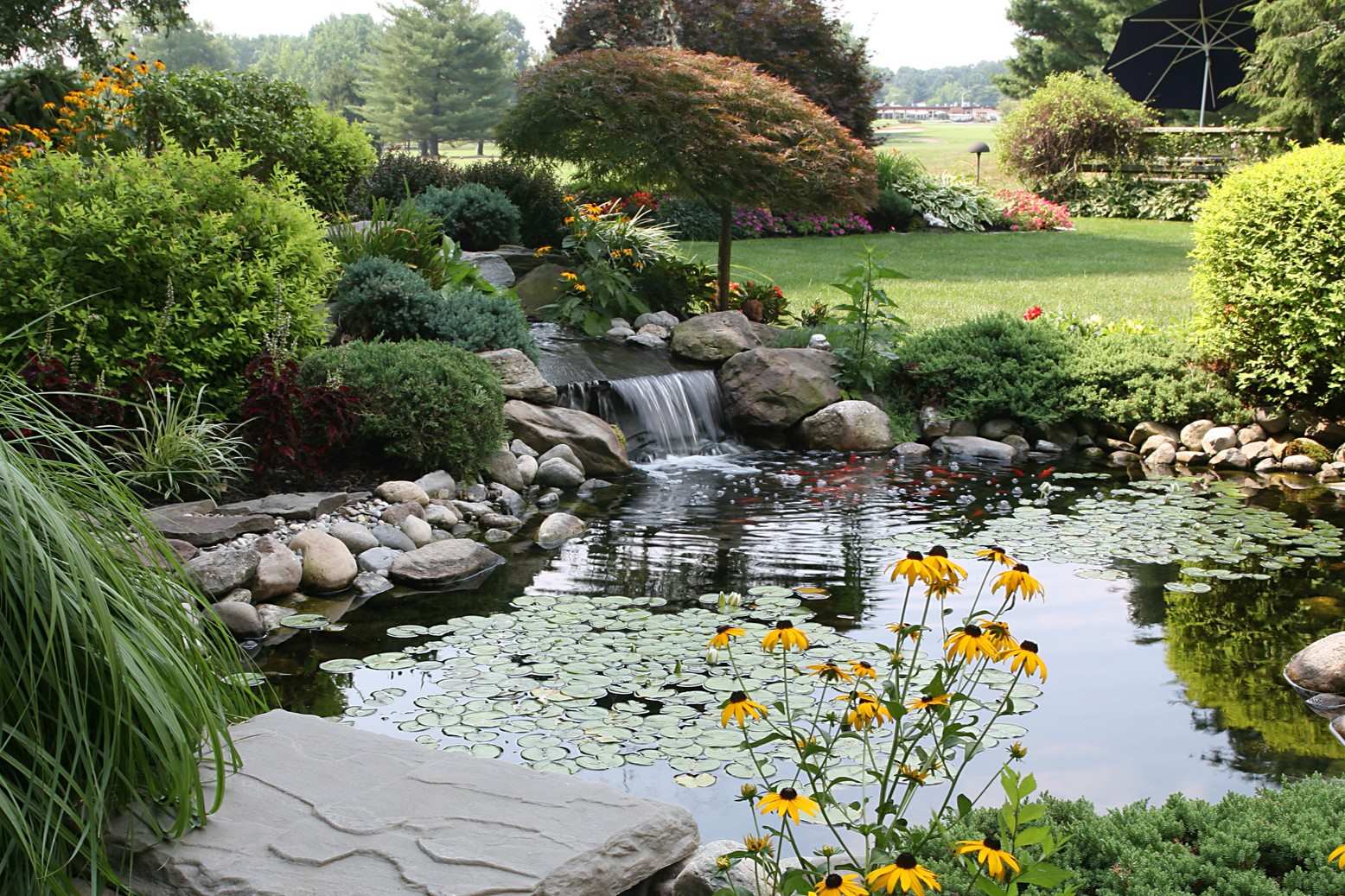

0 thoughts on “How To Design A Therapeutic Sensory Garden”